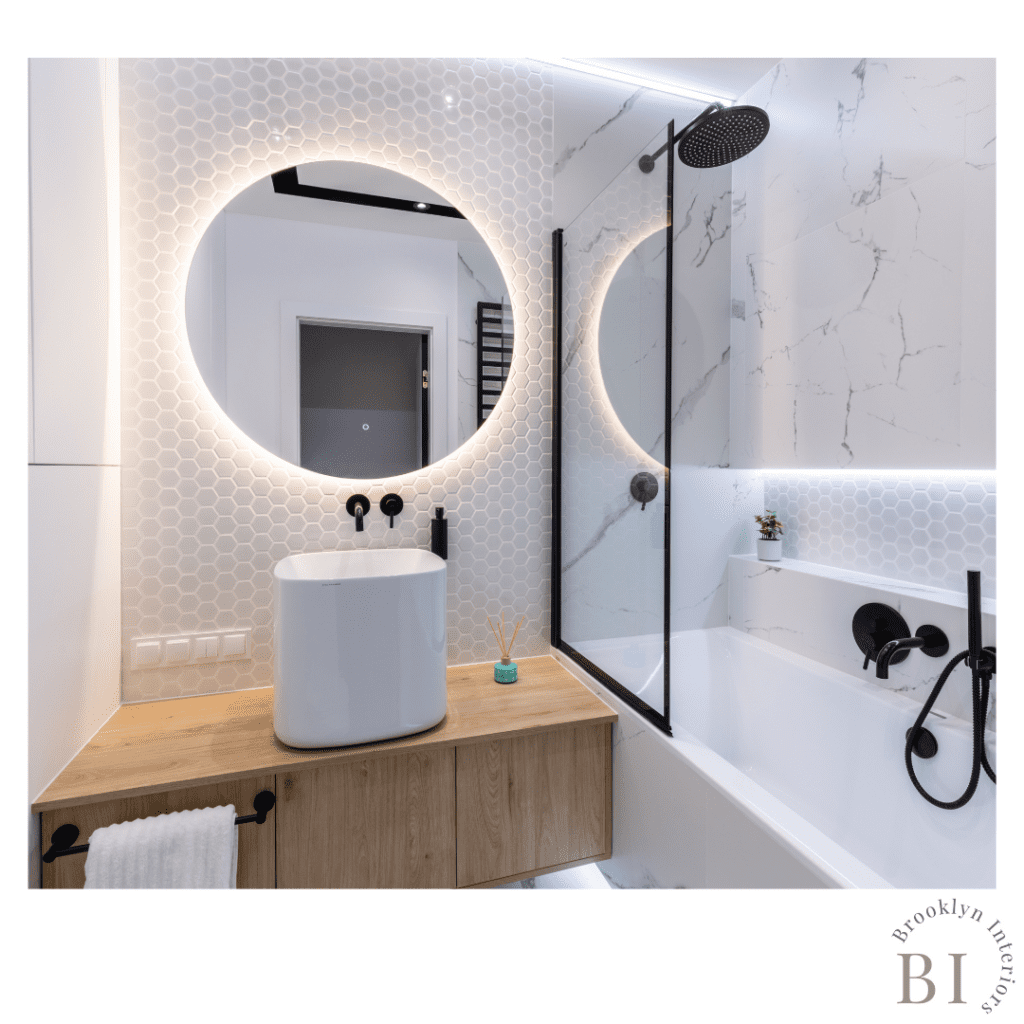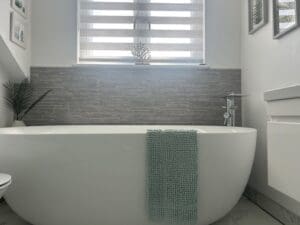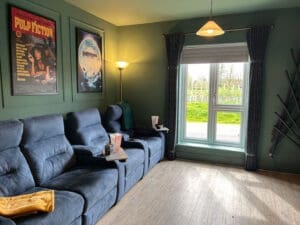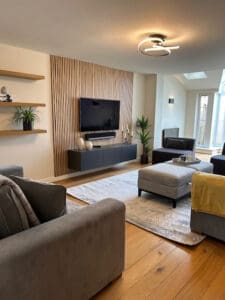How much do I need for a renovation?
During a renovating, it can feel like money is flying out the door! It is so easy to get caught up in the excitement of creating your dream space, discovering new items, and being tempted by shiny objects you feel you must have.
That is why setting a budget is so important.
It needs to be realistic, so research is key here.
Step 1: Make a Comprehensive List
Start by listing everything you’ll need for your renovation. A clear outline will keep you focused and prevent last-minute surprises. Here are some key considerations to include:
- Trades: Will you need professionals such as electricians, plumbers, or carpenters?
- Materials: Paint, wallpaper, tiles, or other finishes.
- Lighting: Fixtures, bulbs, switches, and even wiring upgrades.
- Electrical: Light switches, plug sockets, and any additional outlets.
- Furniture: New pieces or existing items you want to incorporate.
- Window Treatments: Curtains, blinds, or shutters.
- Flooring: Carpets, hardwood, vinyl, or rugs.
- Accessories: Artwork, cushions, vases, and decor accents.
- Storage Solutions: Shelving, cabinetry, or built-in units.
- Tools and Supplies: Paintbrushes, rollers, adhesives, and other essentials if you’re DIY-ing.
Step 2: Decide Where to Splurge and Where to Save
Consider what will have the most impact and prioritize your spending. For example:
- Splurge: Items like a new sofa or high-quality flooring are worth investing in. These are foundational pieces you’ll use every day, and durability matters.
- Save: Accessories, like throw pillows, artwork, or decor items, can be budget-friendly. Look for sales, thrift stores, or even repurpose what you already have. These are easy to update over time as your space evolves.
If you’re working within a tight budget, consider asking for smaller items as gifts for birthdays or holidays or purchasing them gradually.
Step 3: Do Your Research
Research is key to staying within your budget.
- Compare prices from multiple suppliers for materials and furniture.
- Compare prices from at least 3 trades. If you would like advice on dealing with trades, read my blog Working with Trades.
- Look out for seasonal sales.
- Read reviews to ensure you’re investing in quality where it matters.
- Plan for unexpected costs – it’s wise to set aside at least 10-15% of your budget for contingencies.
Step 4: Track Your Spending
Once your renovation begins, keep a close eye on your spending. Use a spreadsheet or budgeting app to track costs and stay accountable.
Step 5: Think Long-Term
While saving money is important, it’s equally vital to think about the longevity of your choices. Opt for quality over quantity when it comes to the elements that will see the most wear and tear.
Final Thoughts
Creating a renovation budget doesn’t have to be overwhelming. With careful planning and a bit of discipline, you can bring your vision to life without breaking the bank. And remember, a beautiful space is as much about creativity and thoughtfulness as it is about big-ticket items.







